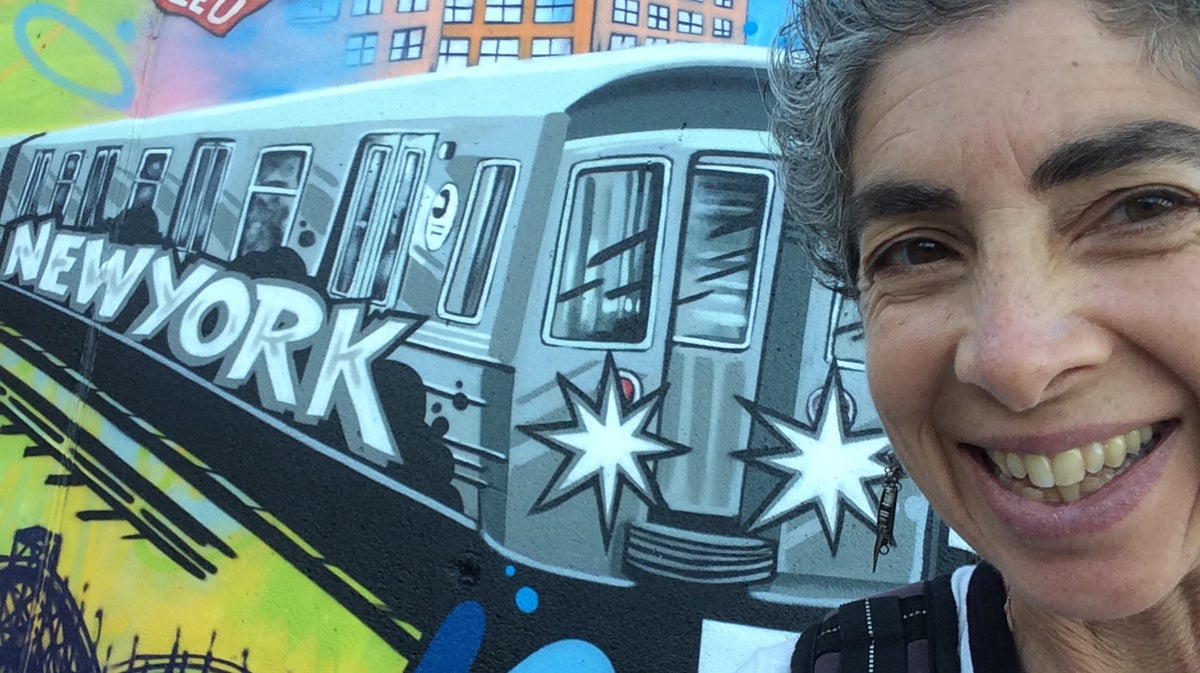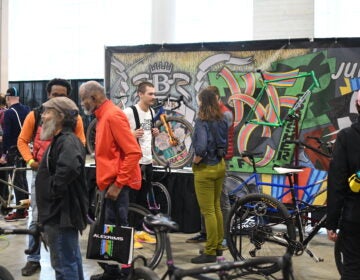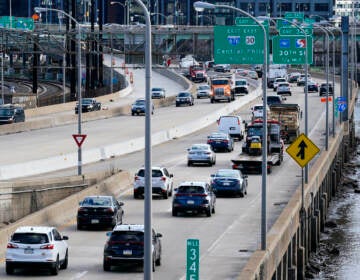In the midst of calamity, daily life goes on — because it must

Each time the subway stops, the conductor garbles, “This is a broken-down D train.” At least, that’s what I think he’s saying; it’s hard to tell, because the crackly public-address system competes with the yowl of the brakes and the doors’ smackety-gulp as the train swallows a new bolus of riders.
Anyway, no one seems alarmed, or even faintly bothered, by this frank report, issued at 34th Street and West 4th Street and again after we snake under the East River to Atlantic Avenue in Brooklyn.
So it’s a broken-down D train. This is Manhattan, 2016. The U.S. has the highest rate of guns per capita in the world, and a former reality-show host is running for president. There are far worse things to worry about.
Just a few weeks earlier, a bomb exploded in Chelsea, not far from the route I often walk when I’m in New York for the evening, restless from the turnpike and the tunnel, with an hour to spend before I meet a pal for dinner.
The day I heard about the explosion, I felt quavery and sad, the way I did after Boston and Paris and Orlando and San Bernardino and Charleston. I wanted to hug my daughter and tell the people I love how fiercely I love them. But on this night, wandering down 8th Avenue at dusk, trying to gauge the pulse of the city, I didn’t pick up a vibe of fear and trembling, or a shimmering ripple of extra-good will. People were doing what they usually do in New York on a mild autumn evening: chatting on cell phones, digging in pockets for MTA cards, sipping five-dollar happy-hour margaritas.
Two questions: What do we do to stem the violence? And how do we live in its midst? The first is a question of policy and economics, strategy and justice. What we do is elect the smartest person in the room (hint: it’s not the former reality-show host), stay informed and lean on our leaders to act for peace.
But meanwhile? How to navigate a world of crushing juxtapositions: Bombs cobbled from flip phones, Christmas lights, and pressure cookers. Scary clown hoaxes. On Broadway, there is a child with chocolate on her nose and a runner in spandex capris glugging from a carton that says, “Boxed water is better.”
A Disney marquee promises, “For every girl who dreams big, there is a princess to show her it’s possible.” Halfway down that block, a long-limbed, brown-skinned woman lies curled on the sidewalk, fuschia dress clinging to ripped black fishnets.
Somewhere in SoHo is the Earth Room, an art installation that consists of a room filled with 250 cubic feet of clumped brown earth. One floor below, someone is eating a crepe plump with Nutella and strawberries; someone else is sitting on a ripped piece of cardboard with a cup of dirty dimes.
The Earth Room is nothing but white walls and dirt. “Let’s talk about what it means,” my daughter says on the way back uptown. I suggest the artist wants us to remember what was here before SoHo rose from dreams and greed and glass; before there were $3500 vests, there was dirt and the stuff it grew. Maybe it’s a garden. Maybe it’s a graveyard. Maybe it’s both.
At 33rd Street, the façade of the post office carries this stalwart maxim: “Neither snow nor rain nor heat nor gloom of night stays these couriers from the swift completion of their appointed rounds.” Okay, but what about AK-47s? Rising sea levels that could turn Broadway into beachfront in my lifetime? Have the stakes ever been higher, our power to harm one another so close at hand? And yet, a uniformed carrier tromps up the hill to deliver my postcards and packages. Dailiness goes on, because it must.
I read somewhere recently: What matters isn’t what you do; it’s what you do next. We can’t unsnarl the past, but every single minute is an invitation to act differently, on the tiny scale and the global one, inching toward justice and kindness and peace.
Meantime, no guarantees. It’s a grand jeté of faith every time you walk out the front door, and if the current state of the world makes you feel anxious, welcome to a reality long occupied by refugees and dissidents and the mothers of brown-skinned sons.
Vulnerability is not a new human story. What matters is what we do with that raw-skinned sensation. Some reach for another margarita, some for a handgun, some toward the guy who vows to make everything great again.
What matters is what we do next.
So what’s the take-home, as we near the end of a fairly terrifying year? Don’t walk in Chelsea, don’t shop in malls, don’t see movies or run marathons or hang out in cafes on lovely Saturday nights? There’s the Titanic option, if you can afford it: waltzing on the upper deck while brackish water floods the cheap staterooms below.
But most of us can’t. And many of us wouldn’t. Here’s my small scrip: Don’t stint on love, or art, or joy. Make something you care about, something the world doesn’t even know it needs. Share what you have; it’s not really yours, anyway. Slip on that cloak of invincibility — yes, I’m going to die, but not today — and head out into the sublime and shameful world.
That evening, the subway rattled its way to Coney Island. Finally, after the 22nd repetition, I understood what the conductor was saying: This is a Brooklyn-bound D train. Not “broken down” — at least, not tonight — after all.
This the place where 2,763 people died as the Twin Towers collapsed around them. This is the place where 31 people were injured from a bomb cobbled out of stuff you could find in the junk drawer. This is the corner where the mother of a family friend stepped off a curb, was hit by a taxi and died. This is the place where anything could happen, at any moment.
This is the only place we’ve got.
The D train rumbles on. Brooklyn-bound. Broken-down. Worming through tunnels, packed with strangers, every one of us just hoping to make it home before dark.
WHYY is your source for fact-based, in-depth journalism and information. As a nonprofit organization, we rely on financial support from readers like you. Please give today.




